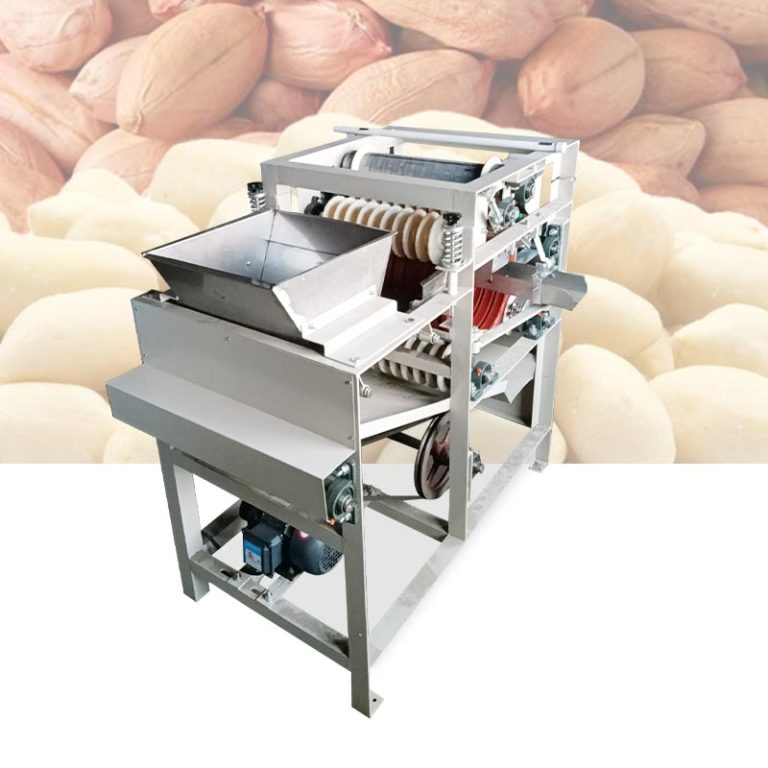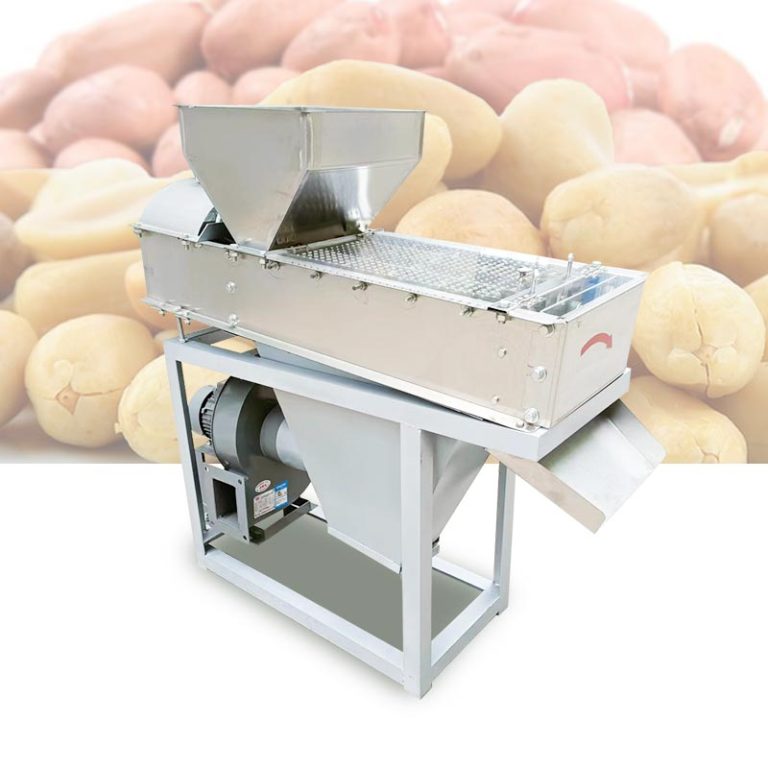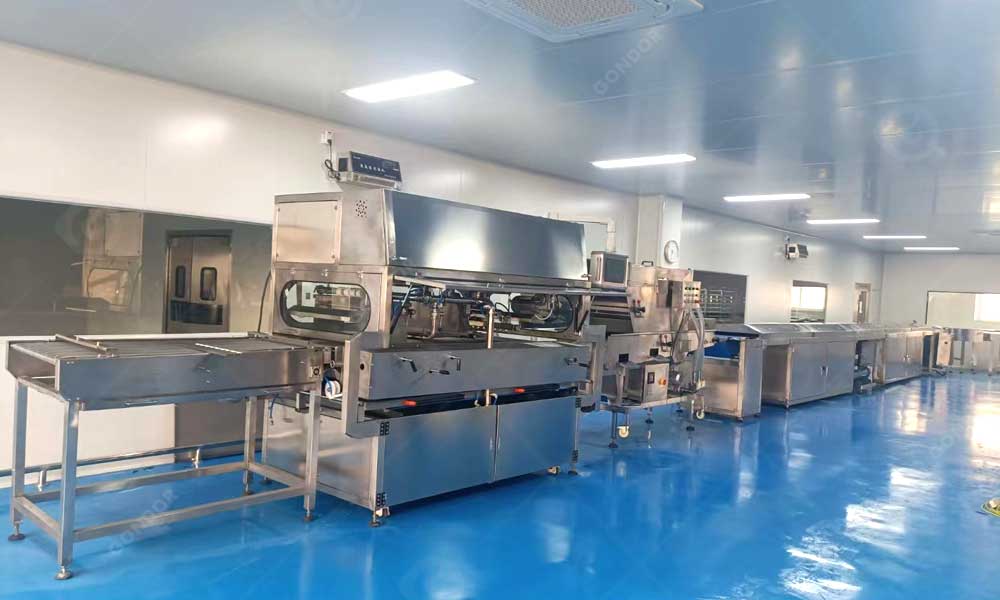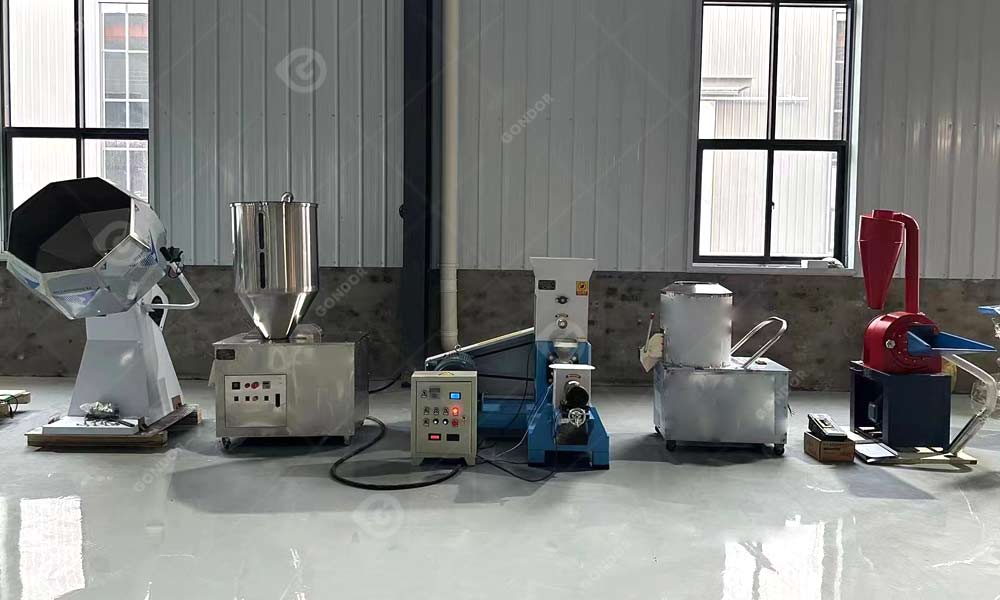From cocoa beans to melt-in-your-mouth chocolate, the core steps that truly determine “whether there’s a grainy texture, whether it leaves a sticky feeling on the tongue, and whether the aroma is clean and long-lasting” remain “grinding + refining.” In traditional factories, this step is usually accomplished using a five-roll mill and a large refining machine; however, in the increasingly popular bean-to-bar and small boutique workshops, a single stone mill chocolate stone mill grinder can handle both grinding and refining simultaneously.
For chocolate manufacturing factories, the fineness of the grind not only affects the flavor but also directly impacts the amount of cocoa butter used in the recipe, production efficiency, and cost structure.
What are chocolate grinding and refining?
In industrial production, “grinding” and “conching” are typically considered two consecutive processes:
Grinding: Using mills such as two-roll mills, five-roll mills, and ball mills, the mixed chocolate paste is ground from coarse particles of approximately 100–150 μm to about 15–35 μm, achieving the basic fineness required for the desired texture.
Conching: With the basic fineness achieved, prolonged stirring, tumbling, friction, and shearing further evaporate moisture and volatile acids, transforming the particle shape from “sharp and irregular” to “rounded and smooth.” Simultaneously, cocoa butter coats the surface of each particle, creating a more delicate and smooth texture.
In other words, grinding primarily “makes the particles smaller,” while conching “makes the particles better.” Together, they complete the crucial leap from a coarse paste to a silky smooth liquid in chocolate production.
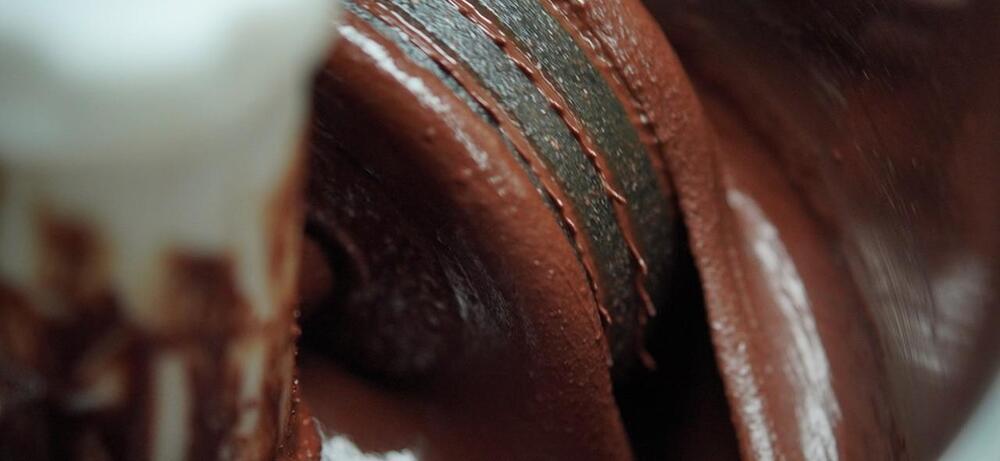
Refining and Grinding: From “Fineer” to “Finer”
Following the process sequence, chocolate materials first undergo mixing and pre-grinding, then fine grinding and refining. Refining and grinding are essentially an extension of the previous process: although the fineness is achieved after grinding, the texture may still not be smooth enough, and the flavors may not be fully integrated. Therefore, it requires prolonged tumbling, friction, and shearing in specialized equipment to truly refine the material, making it smooth, rounded, and uniform in aroma.
From a process perspective, fine grinding = making the particles “smaller,” while refining = making the particles “better.” The combination of both creates the silky smooth texture of chocolate.
Physical and Chemical Changes During Chocolate Grinding
Grinding and refining may seem like just “stirring and grinding,” but in reality, they involve a series of complex physical and chemical changes:
Moisture and volatile acids are removed: At temperatures around 50–75℃, the material’s tumbling, friction, and shearing generate heat, dispersing volatile substances such as moisture and acetic acid, reducing acidity and astringency, and resulting in a smoother texture.
The Maillard reaction enhances aroma: Residual free amino acids and reducing sugars from refining continue to undergo the Maillard reaction, generating more caramel compounds, making the chocolate’s aroma more complex and profound. This is why high-quality dark chocolate often requires a longer refining time.
Improved viscosity and flowability: As the particles are dispersed into smaller, more rounded microparticles, cocoa butter forms a continuous phase, evenly coating the particles, reducing interfacial tension and viscosity. Adding a small amount of emulsifiers such as lecithin later can further improve flowability without significantly increasing cocoa butter content, facilitating pouring, shaping, and coating.
Smoother particle shape: Finely ground particles are inherently irregular in shape and have sharp edges. Through long-term refining, the edges of the particles are “rounded,” resulting in a smoother texture even if the average fineness doesn’t change much.
This is why chocolates with the same fineness can taste completely different depending on the refining process—the key lies in the control of physical and chemical changes during the refining stage.

Three Key Indicators to Monitor During Grinding
Whether using a large five-roll mill or a small chocolate mill, to grind chocolate well, at least three indicators must be monitored simultaneously: fineness, fat content, and moisture.
Fineness (Particle Size):
Before grinding, the fineness of chocolate material is approximately 100–150 μm; after five-roll milling, it is generally controlled to 15–35 μm. High-end factories often control the fineness at around 18–20 μm to balance smoothness and fluidity.
Total Fat Content:
To ensure smooth grinding, the total fat content of the mixed chocolate sauce usually needs to be controlled at about 25%. The material should not be too dry or too wet to ensure the normal operation and continuous feeding of the rollers or stone mill.
Moisture and Volatile Acids:
After fine grinding, the moisture content of the material is approximately 1.6–2.0%. Subsequent refining needs to reduce it to 0.6–0.8%, while also removing some volatile acids such as acetic acid to reduce acidity and achieve a purer aroma. Whether you use a traditional five-roll mill or a Chocolate Stone Grinder Melanger Machine, the essence revolves around these three key metrics; only the methods and pace differ.
Advantages and Limitations of Chocolate Stone Grinder Melanger Machines
Advantages:
Integrated Grinding and Refining:
Stone mill chocolate melters are typically both grinders and refiners. A single batch of material is continuously processed from coarse particles to a smooth paste within the same machine, resulting in a simple and clear process path suitable for small teams.
High Flavor Flexibility:
Because grinding time can be flexibly extended, operators can take samples at different time points to observe changes in fineness, aroma, and viscosity, deciding whether to continue conching. This makes it easier to create flavor profiles that reflect the brand’s unique characteristics.
Suitable for Small Batch, Multiple Flavors:
Many chocolate stone mill grinders have an effective loading capacity of around 5–20 kg, making them ideal for small-batch, experimental recipes, or multi-flavor products, allowing for rapid market testing of new products.
Multi-functional:
Chocolate stone grinders on the market can often also be used to grind high-fat materials such as nut paste and sesame paste, offering good value for entrepreneurs who want to develop both chocolate and nut paste products simultaneously.
Limitations:
Long single-batch cycle time and limited total capacity: A single batch of materials often requires tens of hours or even longer to achieve the ideal fineness and flavor, making it unsuitable for large factories processing several tons or more per day.
Higher reliance on operator experience:
Because many chocolate melangers lack highly sophisticated automated control systems, slight differences in temperature, time, and ingredient quantity can significantly alter the aroma and taste of the finished product, making it more suitable for experienced handmade chocolatiers.
Cleaning and product switching costs:
Frequent changes in recipes and flavors (e.g., dark chocolate, white chocolate, nut butter) result in a significant workload for cleaning the stone mill equipment, impacting effective working time.
Chocolate grinding is not simply about achieving the finest possible texture, but about finding a balance between fineness, particle shape, moisture content, viscosity, and aroma. By rationally designing the grinding process and scientifically selecting grinding equipment, it is possible to create a smooth and delicate flavor experience while achieving an optimal combination between cocoa butter usage, energy consumption, and labor costs.






